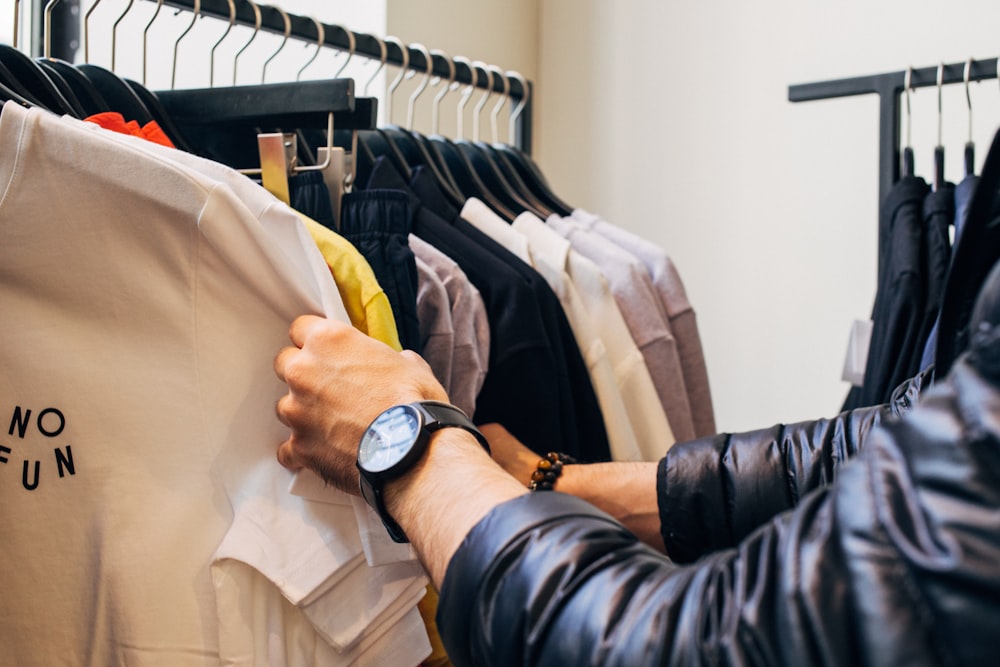One thing that has come up in conversations a lot about lately is the convergence of the digital and physical worlds, especially when it comes to commerce. Whether it’s enabling buy online pick-up in store (BOPIS), accepting crypto, buy now pay later (BNPL) or even leveraging more data and analytics in-store, the use of digital services for in-person commerce is continuing to rise.
However, this is just the tip of the iceberg. In its recent Convenience and the Consumer report, NRF highlights that over 90% of consumers are more likely to choose a retailer based on convenience. When I think of my own shopping habits and experiences this is usually true for me as well. The only caveat being that I’m also price conscious. As the mother of two athletic teenage boys, we’re always in the need of something – cleats, a glove, baseball bats, more balls, etc. – making it important for every dollar to count.
When I’m shopping, especially online, I often leverage tools like Rakuten or Honey to augment how I shop. These couponing and cash back services ensure that I’m able to buy what I need at the best price available – which adds up in the long run. For example, with one service, I’m able to enter in the specific product into their platform and they’ll show me a list of retailers that have it in stock along with the price and cash-back offers available. Like most people, I look for the best deal available and make my purchase from that company.
The in-store component is where it gets interesting. For example, with Rakuten, they leverage card-linked offers, which links a specific credit card to the cash back offer and automatically refunds the amount to your card after the transaction is complete. While you get your cash back, it is decentralized and requires you to add your card details to the program.
However, with smart terminals being able to run third-party applications, it’s now easier than ever to integrate the solution at the point of sale where the consumer is either presented with a QR code to scan on their phone to confirm participation in the program. Alternatively, if the terminal is equipped with a camera, like many Android solutions, the user can present their personalized QR code from the app on their phone.
While online is certainly the easiest way to use these programs, enticing users to come in to the store can have a greater impact on your overall business. Studies repeatedly find that consumers spend more in the store than they do when shopping online. This is perhaps due to the preference to browse other items while in a physical location versus just buying a single item online. I know I’m always more likely to make additional purchases when I shop in store.
The bottom line is that consumers are always looking for the most convenient, best deal they can find. Enabling them to do so more consistently with your brand is key. Whether that’s rethinking your loyalty program to be more interactive or leveraging other digital services to keep your business top of mind, enabling consumers to more easily engage with your business not only creates stickiness but can drive higher revenue as well.
If you’re interested in discussing your plans to integrate more digital services to enhance your customer experience, please reach out and we’d be happy to chat.
Lesa Boileau is Senior Manager of Marketing Events, North America at Ingenico, a Worldline brand
Photo by charlesdeluvio on Unsplash











